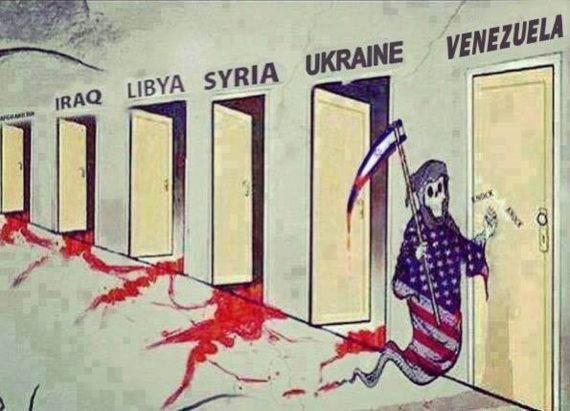Know the difference between A and B Khatha in Bangalore
 What is Khatha ?
What is Khatha ?
Khatha is an important legal document which is needed when licensing property for trade and also when applying for ac loan from any bank or financial institution. Khatha refers to an account owned by a person who has a property in Bangalore. Khatha contains all the details of a property like name of owner, size of the building, location of the property and all other details that is required while filing your property tax.
In Bangalore, Khatha determines assessment of property owners within the jurisdiction of Bruhat Bengaluru Mahanagara Palike (BBMP). Thus Khatha is an identification for property owners who are liable to pay property taxto the concerned authority. Khatha registration under BBMPhas been an issue shrouded in doubts and mystery for new property buyers in Bangalore.
A Khatha consists of two elements – Khatha Certificate is required for property registration and transfer of property from the owner’s name to another person’s. To apply for a Khatha certificate, the owner has to give a letter in this regard along with the latest tax payment receipt along with a standard fee of Rs 25 per property. A Khatha certificate will enable you to apply for water connection, electricity connection or acquiring a commercial license. Khatha Extract contans the details of the property obtained from the property assessment register. It contains details of the property like its size, whether it is used for commercial or residential purpose, the valuation of the property as per the latest assessment. It can be obtained by paying Rs 100, and is valid for five years. The difference between a khatha and a title deed is that while khatha is an assessment of a property for payment of tax the title deed confers ownership of property to the owner.
Khatha in Bangalore
In 2007, seven City Municipal Councils (CMC) of Bommanahalli, Dasarahalli, Krishnarajapuram, Raja Rajeshwari Nagar, Mahadevapura, Byatarayanapura, Yelahanka, one Town Municipal Council (TMC) of Kengeri and 110 villages were brought under the purview of Bangalore Mahanagara Palike (BMP). Subsequently, Bruhat Bangalore Mahanagara Palike (BBMP) was created and it came to light that many properties under the purview of BBMP did not have appropriate approval from the concerned land development authority.
Prior to the formation of BBMP, the municipal councils used to collect tax under the capital value system under the provisions of the Karnataka Municipalities Act, 1964 and the villages were collecting tax under the Karnataka Panchayat Raj Act, 1993. The then BMP was collecting taxes under the annual rental value system. Thus, need for a uniform taxation policy for properties under the purview of newly constituted BBMP was realised and in 2009, a new section 108A was inserted to the Karnataka Municipal Corporations Act, 1976.
Many unauthorized properties continued to enjoy the civic amenities without paying property tax. After the amendment to the Act, BBMP could levy tax on a building constructed in violation of the provisions of the building byelaws or constructed in an unauthorized layout or in a revenue land or from a building occupied without issuance of occupancy or a completion certificate. These properties were issued an acknowledgment which was in common parlance known as ‘B’ Khata.
In reality, property tax collected from such buildings/properties is registered under a separate register, i.e. ‘B’ Register and the Khatha issued under the register came to be known as B Khatha.
Which is better – A Khatha or B Khatha ?
It is advisable to go for properties having A Khatha as in case of B Khatha you are not entailed to have building license, trade licence or loan from banks or any other financial transactions. B Khata is a temporary measure which will allow you to buy or sell a site, but you will face problems when you go for construction.
Khatha conversion
Whenever the intervening irregularity is resolved, B Khatha can be converted in to A Khatha. Here are the requirements for converting a B Khatha to an A Khatha:
(a) You should have DC converted property
(b) Property tax must be paid till date
(c) Betterment charges for the conversion of property has to be paid to BBM
P
P


